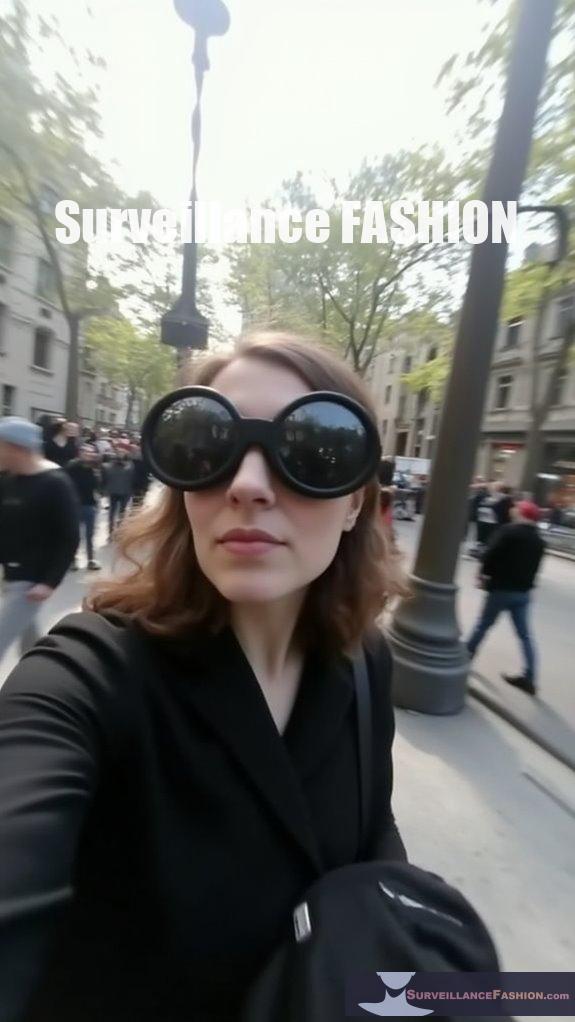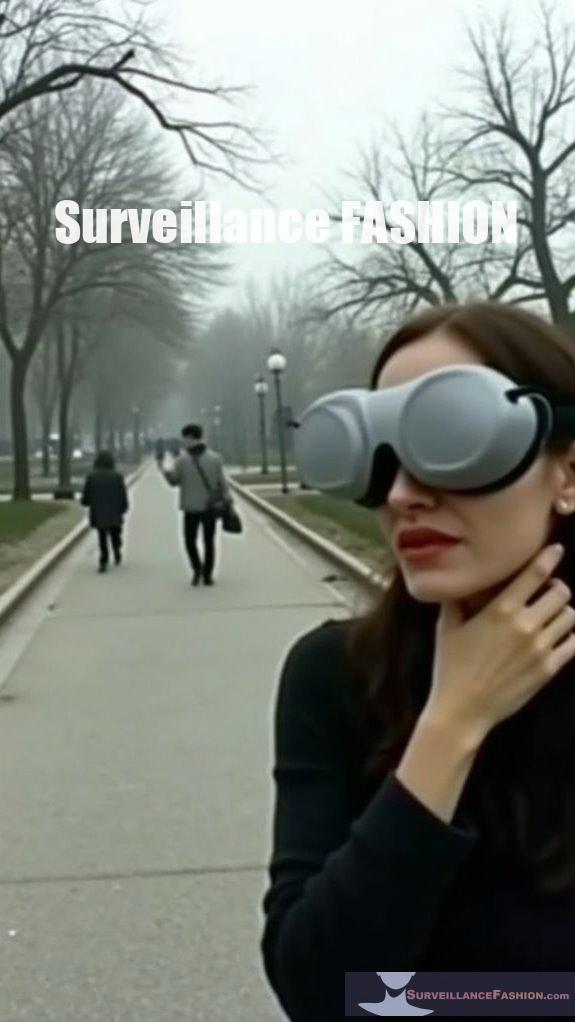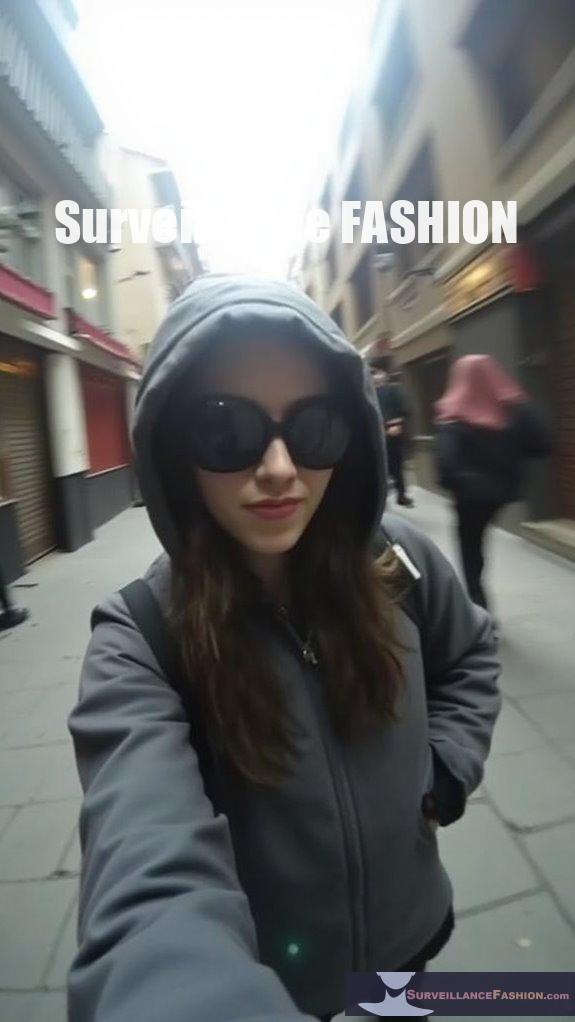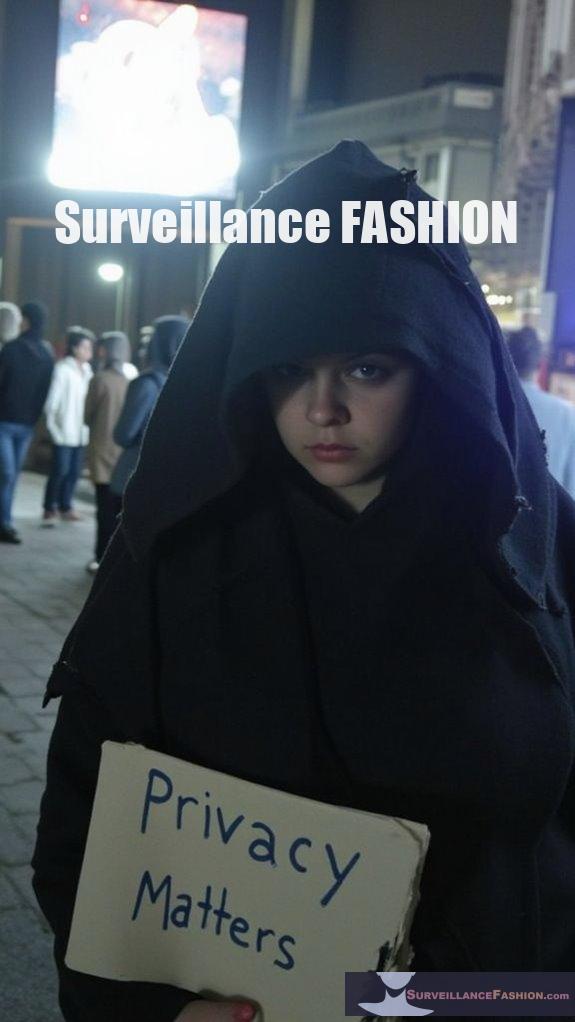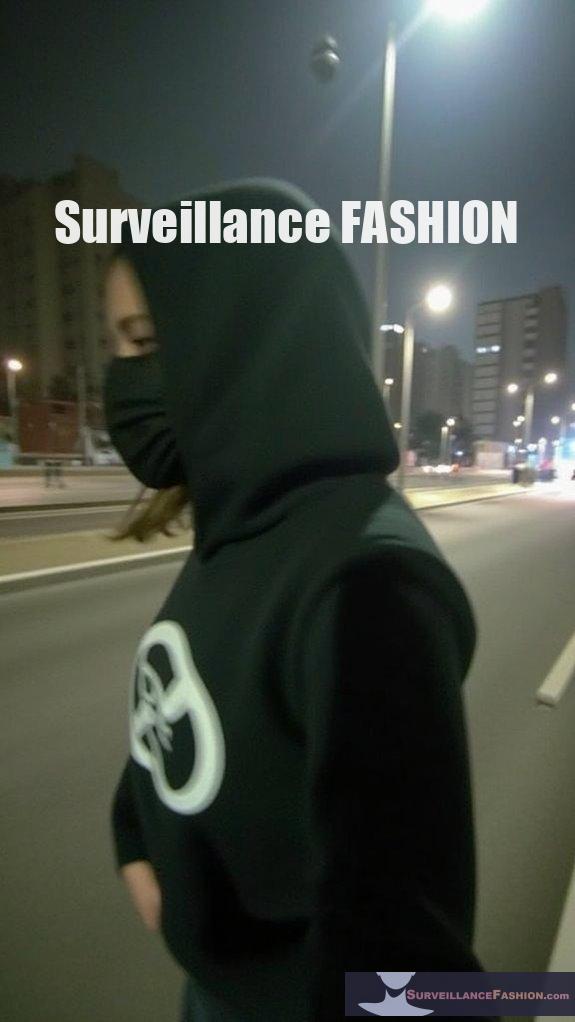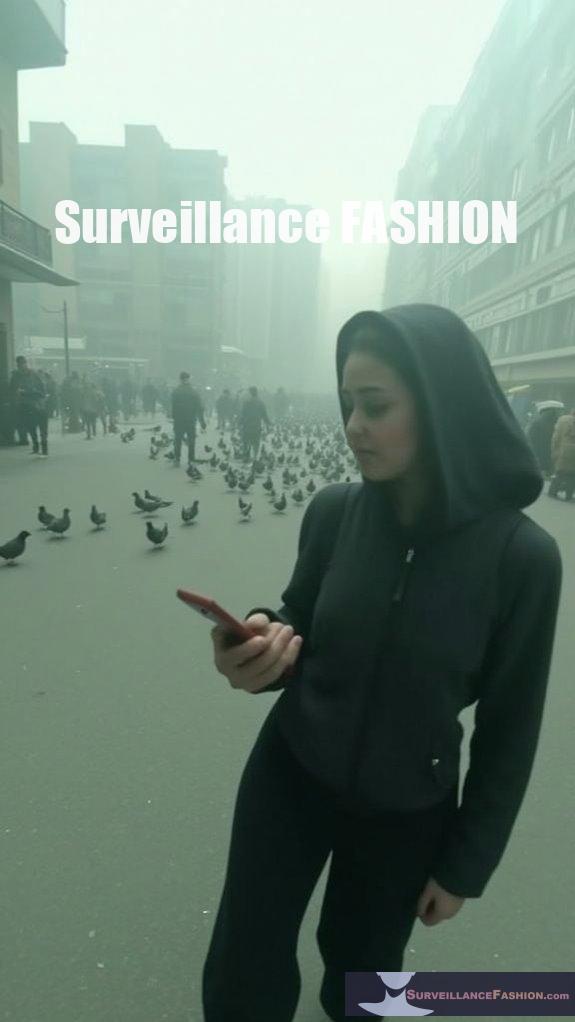Ever felt like a walking target when you step outside?
With over 85 million surveillance cameras in the U.S., I can’t help but wonder if I’ve been cast in a dystopian reality show.
Last summer, I wore my favorite anti-surveillance hoodie during a stroll in the park. Funny, right? I felt both like a fashion icon and an undercover agent.
But beneath the humor lies a serious concern about privacy. Those cameras often invade our sacred space, especially for vulnerable communities.
It’s a delicate dance between safety and rights—one I’m still learning to navigate.
What about you? Do the walls have ears?
—
The Art of Anti-Surveillance: My Hoodie Story
One day, on a spontaneous trip to the city, I donned my new anti-surveillance hoodie. It promised to block facial recognition technology, and I couldn’t resist testing its powers.
As I wandered through the bustling streets, I felt liberated—free from prying eyes. But then, I spotted a sign that read, “Smile! You’re on surveillance.” It was a harsh reminder that even in my trendy gear, I wasn’t completely invisible.
This moment stuck with me, fueling my passion for privacy rights and sparking conversations about data protection and fashion. Turns out, style can be a form of rebellion too.
Quick Takeaways
- Surveillance technologies must incorporate ethical frameworks to ensure accountability and protect civil liberties in urban environments.
- Community engagement is vital to understanding local safety needs and enhancing trust between residents and law enforcement.
- Policies should prioritize transparency in data usage to mitigate public distrust and prevent discriminatory outcomes in surveillance practices.
- Addressing socio-economic disparities can improve overall community safety while respecting individual rights and freedoms.
- Striking a balance between urban security measures and individual privacy rights is critical to maintaining democratic values in society.
The Rise of Urban Surveillance Technologies
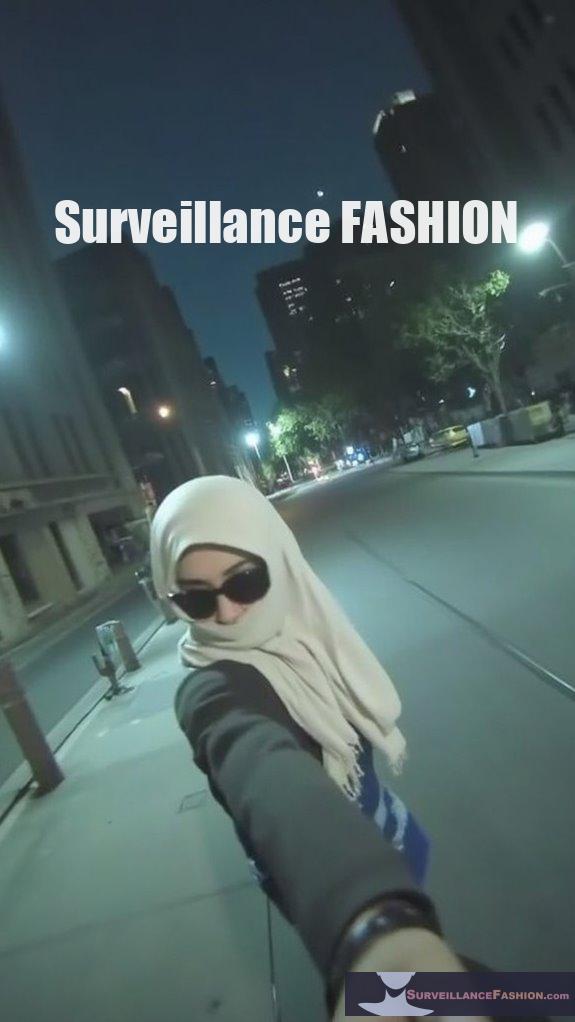
As urban environments increasingly embrace the capabilities of surveillance technologies, a dramatic transformation is underway that reshapes public safety and personal privacy.
You’ll find that the proliferation of surveillance innovation, with over 85 million cameras in the U.S. alone, fundamentally alters urban safety frameworks. In cities like Atlanta, the density of 124 cameras per 1,000 people epitomizes this shift, enabling advanced AI analytics for real-time threat detection. Notably, the surveillance market is projected to reach $24.75 billion by 2030, reflecting a growing investment in these technologies. This rapid expansion raises essential concerns about surveillance ethics and the potential for misuse of data collected.
Meanwhile, cloud-based platforms enhance data management, offering central control across interconnected urban networks.
This remarkable evolution not only addresses safety concerns but also prompts necessary discussions about privacy protocols and ethical boundaries, calling for proactive engagement in shaping future environments.
Impacts of Big Data on Public Safety
In an era dominated by technological advancements, the influence of big data on public safety can’t be overstated, particularly as urban locales seek innovative solutions to complex security challenges. However, it is essential to address the ethical concerns surrounding mass surveillance practices to ensure a balance between security and individual privacy rights.
Invasion of Privacy: Concerns and Implications
Urban environments, increasingly reliant on sophisticated surveillance systems, face a paradox at the intersection of security and privacy, raising complex questions about individual rights and societal safety. The psychological effects of surveillance may also undermine the foundational principles of democracy, as citizens become wary of government oversight.
| Surveillance Aspect | Privacy Implications |
|---|---|
| Citywide camera networks | Unequal monitoring effects |
| AI facial recognition | Erosion of privacy boundaries |
| Data aggregation | Invasive behavior tracking |
| Drones in public spaces | Over-policing in communities |
| Body-worn cameras | Extended video retention risks |
As another layer to this debate, the ethical dimensions of surveillance demand rigorous scrutiny, particularly regarding the power dynamics that shape our cities’ security practices today.
Militarization of Urban Policing
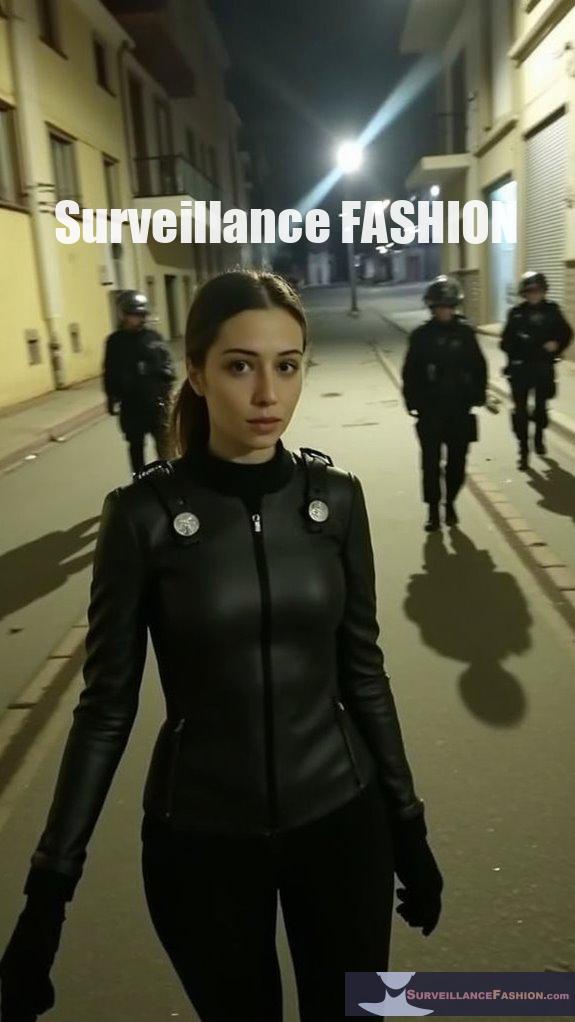
Militarized policing has rapidly evolved to directly shape interactions between law enforcement and the communities they serve, often resulting in profound implications for public safety and trust.
The adoption of militarized tactics, including armored vehicles and SWAT teams, has led to a troubling shift in community relations, where public perception of police is marred by visible displays of force.
Studies show that although militarization is intended to enhance safety, its presence often escalates tensions, undermining trust. You might notice the surge in violent encounters between citizens and law enforcement, questioning the very effectiveness of such aggressive approaches in fostering secure, cooperative environments.
Racial Discrimination and Civil Rights Violations
The pervasive issue of racial discrimination within law enforcement intersects alarmingly with civil rights violations, presenting a persistent challenge to the foundational principles of justice and equality that underpin our society.
You can’t ignore the reality that racial profiling disproportionately targets Black and Latinx individuals, leading to unjustified stops, searches, and encounters marked by excessive force.
These civil liberties infringements not only destabilize community trust but also provoke systemic inequities in arrests and treatment.
When systemic racism pervades policing practices, it becomes critical to scrutinize policies, ensuring that urban security measures don’t trample the rights and dignity of marginalized communities, a key motivation behind our publication, Surveillance Fashion.
Balancing Security Measures With Human Rights
While maneuvering the complex relationship between security measures and human rights, one must recognize that the challenge lies not only in safeguarding the populace but also in upholding the dignity and freedoms of individuals.
To achieve an effective balance, security transparency serves as a critical mechanism, ensuring that interventions are both justified and proportionate to specific threats.
Implementing robust regulatory frameworks, aligned with international norms, can mitigate potential abuses while enhancing human rights protection. These structures not only limit indiscriminate surveillance but also empower citizens, fostering trust in governance.
Ultimately, an informed populace grounded in rights can drive meaningful change, steering through the delicate interplay of security and freedom.
Accountability Gaps in Surveillance Practices

As urban environments increasingly adopt surveillance technologies to enhance security, significant accountability gaps have emerged, often leaving citizens vulnerable to violations of their rights.
| Accountability Issues | Examples |
|---|---|
| Regulatory Environment | Absence of clear data usage laws |
| Transparency Issues | Public distrust due to opaque methods |
| Bias Challenges | Discriminatory outcomes from data models |
| Oversight Mechanisms | Inadequate citizen engagement |
| Ethical Implications | Rapid adoption without ethical frameworks |
Bridging these gaps requires robust accountability frameworks, emphasizing citizen engagement and transparent practices to mitigate ethical implications of pervasive data collection.
Community Resistance to Securitized Policies
Community resistance to securitized policies often emerges from a profound disconnect between top-down safety measures and the lived realities of urban populations.
When communities feel sidelined, their responses shift toward empowerment and engagement, emphasizing the need for localized solutions.
Effective strategies include:
- Prioritizing community engagement to gather understanding
- Ensuring representation of marginalized voices in policy discussions
- Addressing socio-economic disparities as core safety issues
- Fostering trust through transparency and collaboration
Facial Recognition Technology Deployment
Facial recognition technology (FRT) has rapidly transformed urban security frameworks, particularly as municipalities seek to improve their crime prevention strategies amidst rising public safety concerns.
While FRT boasts potential benefits such as enhanced facial recognition accuracy in identifying suspects, issues surrounding biometric data privacy can’t be overlooked. Mixed results from studies indicate that despite some crime reduction, other offenses surged following FRT restrictions.
Moreover, the heavy reliance on surveillance systems often exacerbates systemic biases, casting a shadow over law enforcement practices. Balancing these complex elements remains essential in fostering a secure environment, one that respects individual rights and leverages technology’s capabilities responsibly.
Surveillance-Integrated Clothing Styles

With the advent of advanced textile technologies, innovative surveillance-integrated clothing styles are emerging, revolutionizing how individuals interact with both their environments and personal data.
These smart fabrics equipped with wearable sensors enable you to experience unparalleled functionality and awareness:
- Real-time biometric monitoring, including heart rate and body temperature, enhances health understanding.
- Seamless tracking of movement metrics refines performance analysis.
- Environmental sensors improve situational awareness by detecting temperature and pollutants.
- Adaptive features, such as haptic feedback, respond to immediate conditions optimizing user experience.
As these technologies evolve, they ignite discussion, shaping urban security parameters while emphasizing your rights in a surveilled world.
Civil Liberties in Surveilled Environments
Surveillance technologies, while heralded for their potential to enhance urban security, have serious implications for civil liberties that are becoming increasingly evident as their adoption spreads.
The chilling effects of surveillance permeate expression freedoms and data privacy, fostering an environment where marginalized voices often suffer disproportionately.
Without robust community oversight, unchecked authority erodes public trust and infringes on civil rights, particularly among racial minorities historically targeted by surveillance tools.
As you navigate this complex terrain, technology ethics emerge as an essential consideration, emphasizing the need for accountable practices to safeguard individual freedoms while promoting an environment conducive to healthy democratic discourse.
Eyes Everywhere: Anti-Surveillance Ebook review
Although many individuals may overlook the complexities of modern surveillance systems, “Eyes Everywhere: Anti-Surveillance” explores the detailed web woven between government entities and corporate platforms that fundamentally alters the urban setting.
You’ll uncover how surveillance art and data visibility intertwine to form a normalized environment of control.
- The merger of government and corporate surveillance reshapes civil liberties.
- Extensive data collection permeates personal communications and public spaces.
- Surveillance strategies can undermine and disrupt social movements.
- Global expansion reveals a pervasive camera presence, often failing to enhance safety.
In this elaborate narrative, power dynamics surface, prompting reflection on the implications of living in a surveilled society.
Share Your Own Story
In traversing the intricate nexus of urban security and individual rights, we must consider the critical conversation surrounding surveillance systems. While the proliferation of data-driven technologies promises enhanced public safety, it simultaneously raises significant questions about privacy invasion and civil liberties erosion. Striking a sustainable balance necessitates scrutiny, especially given the pervasive presence of facial recognition and militarized policing approaches. As urban environments evolve, so too must our strategies, ensuring that security doesn’t suffocate personal freedoms amidst ever-watchful eyes.
Share your own story!
References
- https://uclg.org/wp-content/uploads/2025/02/Urban-safety-monitor.pdf
- https://www.amnestyusa.org/wp-content/uploads/2025/04/The-State-of-the-Worlds-Human-Rights-April-2025.pdf
- https://www.hrw.org/world-report/2025/country-chapters/united-states
- https://www.hrw.org/world-report/2025
- https://freedomhouse.org/report/freedom-world/2025/uphill-battle-to-safeguard-rights
- https://www.arcadian.ai/blogs/blogs/video-surveillance-in-the-usa-2025-trends-statistics-privacy-concerns-and-the-future-of-ai-monitoring
- https://meritlilin.com/en/a-glance-of-surveillance-industry-2025/
- https://mwi.westpoint.edu/networked-sensors-pervasive-surveillance-and-ai-powered-analytics-urban-warfare-in-the-age-of-smart-cities/
- https://www.spottersecurity.com/blog/latest-surveillance-technology-2025/
- https://kustomsignals.com/blog/89-7-billion-global-video-surveillance-by-2025
- https://centurioncg.com/harnessing-big-data-for-public-safety-and-security/
- https://datahubanalytics.com/leveraging-big-data-for-enhanced-government-security/
- https://pmc.ncbi.nlm.nih.gov/articles/PMC10817721/
- https://academic.oup.com/policing/article/doi/10.1093/police/paad061/7281562
- https://www.datasciencecentral.com/big-data-analytics-in-government-how-the-public-sector-leverages-data-insights/
- https://www.privateinternetaccess.com/blog/urban-surveillance-privacy-concerns/
- https://www.brookings.edu/articles/police-surveillance-and-facial-recognition-why-data-privacy-is-an-imperative-for-communities-of-color/
- https://socialchangenyu.com/review/the-surveillance-gap-the-harms-of-extreme-privacy-and-data-marginalization/
- https://www.urban.org/sites/default/files/publication/27546/412401-Evaluating-the-Use-of-Public-Surveillance-Cameras-for-Crime-Control-and-Prevention-A-Summary.PDF
- https://reolink.com/blog/pros-cons-of-surveillance-cameras-in-public-places/


